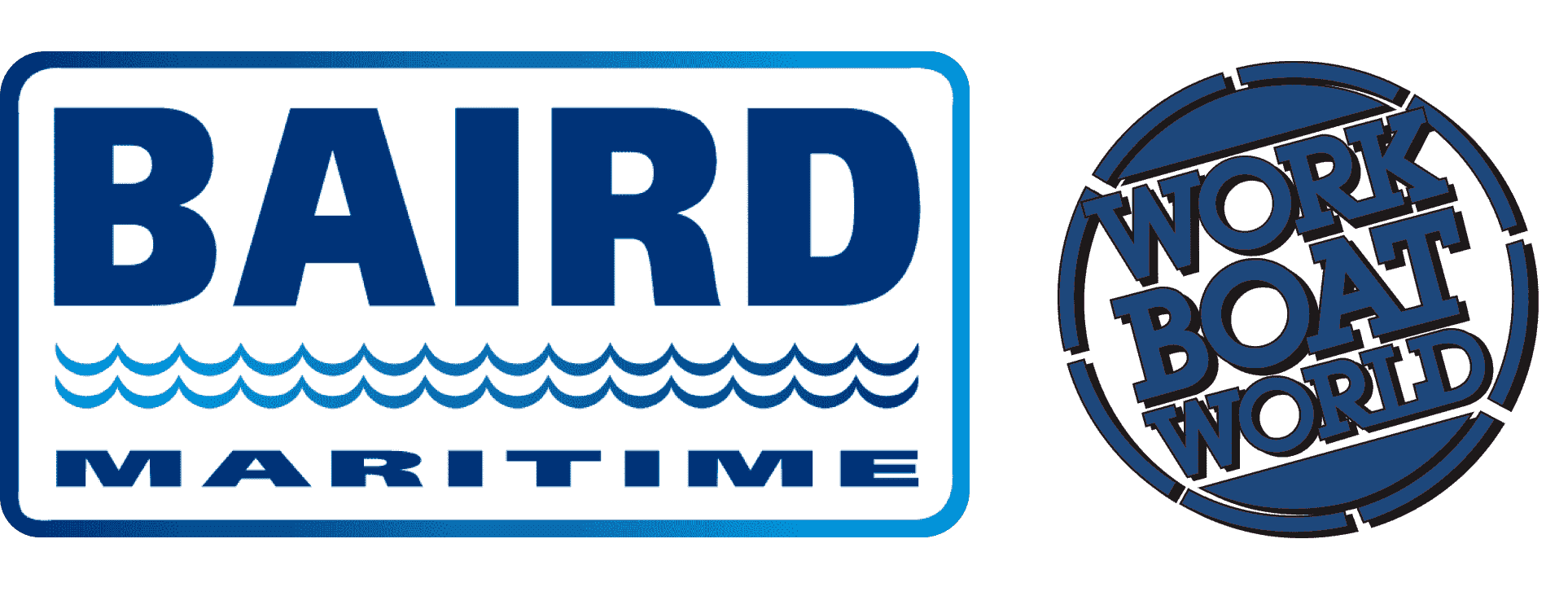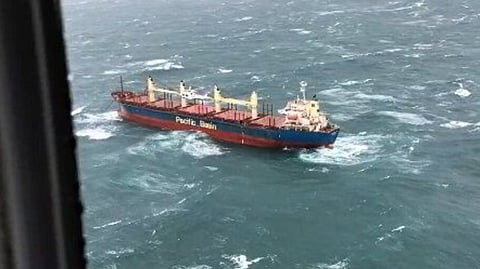COLUMN | Bulk carrier grounding in Australia highlights dangers of incident response delays [Tug Times]
My hackles rose when I learned in these columns that the Australian Transport Safety Bureau (ATSB) had issued formal recommendations to a salvage provider when it released its report into the near-stranding of the bulker Portland Bay off the coast of New South Wales in July 2022.
As we all know, salvors are handsome, brave and diligent people who always use their best endeavours to solve whatever problems are thrown at them, so how can they be criticised?
To answer this question, I read the report. It is a book-length document, said to reflect one of the most comprehensive investigations in nearly two decades, and it leaves no turn unstoned (not a typo).
In addition to addressing the salvors, it contains formal recommendations to no less than three federal and state agencies.
For those readers who are not familiar with the case, the facts are briefly as follows.
Portland Bay had been berthed in Port Kembla, but all parties agreed that an approaching storm made it necessary for the vessel to put to sea to ride out the bad weather. The master decided not to go 50 nautical miles offshore, as required by the ship’s SMS manuals, but to remain closer to shore where he thought the weather would be better.
In the early hours of July 4, 2022, with the vessel 12 nautical miles off the coast, she developed engine problems and started to drift towards land in gale force winds and a heavy swell.
The master spent some time assessing the situation before he alerted the authorities, then there was a further delay when the New South Wales authorities did not immediately pass the news to the national responsible body, the Australian Maritime Safety Authority (AMSA).
Meanwhile, the ship made several emergency broadcasts and a formal request for assistance before a harbour tug was despatched some two hours after the first alert. This was SL Diamantina, a harbour tug with no ocean towing capability, which arrived five hours after the ship was disabled.
By this time, the ship had drifted to within one nautical mile of the coast and had managed to drop both anchors, which held her for the time being.
As the report emphasises, anchors are not designed for use in extreme weather, but in this case they worked, and there is a sobering photograph in the ATSB report that clearly shows how close the vessel came to disaster.
Two more harbour tugs, Bullara and SL Martinique, arrived five hours after the ship anchored, and managed to take it under tow using a towing arrangement that was far from ideal.
However, they moved the casualty away from the coast before one of the towing lines parted and the ship started to drift back towards land. Once again, she made successful use of her anchors to prevent a catastrophe, but overnight she gradually crept towards the rocks.
At this point I will interrupt the narrative to reiterate what I feel was not sufficiently emphasised in the official report. These three tugs (at least one of which had only three men on board) sailed to assist a vessel in distress even though they were not really equipped for the work.
The report tells us that the swells ranged from five to nine metres, which is pretty horrendous even for an oceangoing tug, yet these harbour tugs went out and did their best. I am in awe of the crews who went out in those conditions, and it seems to me they represent all that is good about Australian tug people.
Their bravery deserves to be rewarded, and I wish the report had said that.
Meanwhile, it seems that the two tugs that arrived after SL Diamantina had been sent by the appointed salvor, United Salvage.
The salvor was criticised in the report for being, "severely limited in its ability to provide the salvage services required as it did not own or operate any towage vessels so was reliant on towage providers. This limitation was not made clearly known to the ship’s master, owners or managers or the involved agencies to allow them to properly assess whether the most suitable towage vessels…...had been promptly deployed."
As a result, I withdraw my objection to the treatment of the salvors. It is difficult to argue with the findings in the report, and my hackles are now firmly back in their original position.
Another fact that emerges is that there was an emergency towing vessel (ETV) available in Newcastle, but Svitzer Glenrock was not deployed until much later than it should have been.
The investigation found that a key factor in the prolonged exposure of the ship and its crew to stranding was, "the extensive delay in tasking the state’s nominated ocean-going ETV, Svitzer Glenrock."
The report says the Port Authority of NSW had assumed the lead in the response, with AMSA and NSW Maritime as support agencies, and the initial request to AMSA for Svitzer Glenrock to be activated was made around noon on the first day.
Unfortunately, the request was lost between the various agencies and was not followed up for many hours. Once again, it is hard to argue with this finding.
Eventually, the casualty was taken in tow by Svitzer Glenrock, which proceeded to Port Botany. The port was opened as a port of refuge and all ended well.
It is interesting that a recent report from the other side of the world also found that potentially dangerous delays were caused by lack of proper communication between the parties involved.
The Dutch Safety Board criticised the response to the firefighting and rescue operation on the car carrier Fremantle Highway in 2003, which it says was made more difficult due to the poor communication between the various emergency services involved.
A spokesperson is quoted as saying, "emergency aid in the North Sea must be put in order as soon as possible. In recent years, the safety board has regularly pointed out that the Coastguard Centre is not sufficiently capable of taking control when it has to collaborate with other parties. It does not help that multiple ministries share the administrative responsibility for the coastguard."
I do not believe the situation in Australia is quite so bad, especially since AMSA has a maritime emergency response commander (MERCOM), who is supposed to take the leading role in maritime emergencies. Unfortunately, MERCOM can only operate if somebody remembers to inform him or her that there is an emergency in the first place.
In addition, MERCOM’s terms of reference include a requirement, "to consider the reasonable views and positions of involved states and stakeholders" – a recipe for delay if ever I heard one.
It might be worth considering a model closer to the SOSREP system adopted by the United Kingdom, in which a capable individual is given sweeping powers to "kick a** and take names" and tell people what to do.
In fairness, I suppose I should tell you that the people at AMSA only partially agreed with the safety issue about response coordination, and did not agree with the other comments that were aimed at them.
Nonetheless, they have undertaken a review of their procedures, emergency towing capability, and emergency coordination arrangements. They have (surprise, surprise) increased staff and training and undertaken a comprehensive review of the so-called National Plan.
Among AMSA’s disagreements with the report is that it included a disproportionate focus on the incident response, whilst not adequately considering the responsibilities of the ship’s master and owner, particularly with regard to engaging commercial towage at the earliest possible moment. As an unbiased observer who has read the report, I find this disappointing!


